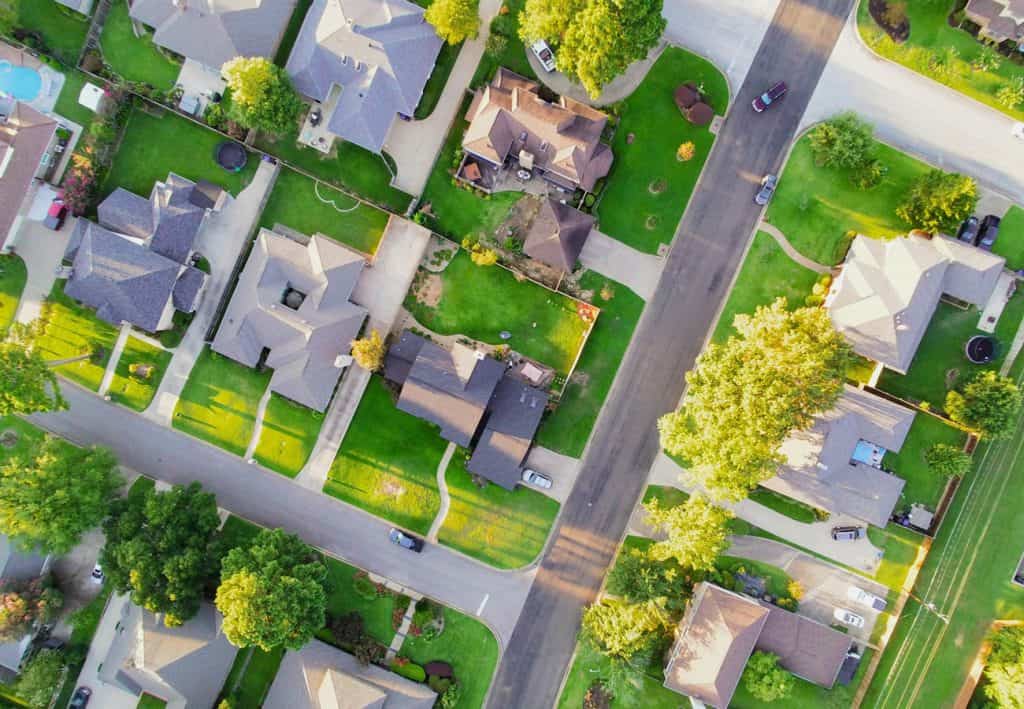The Texas real estate market has consistently been at the forefront of growth and resilience in the United States. Its vast landscape, diverse economy, and attractive lifestyle options have made it a hotspot for homebuyers and investors alike. As we delve into the current market trends, it’s clear that several factors are shaping the Texas home real estate scene, from urban expansion to technological advancements in property transactions. This comprehensive analysis explores the pivotal trends influencing the Texas real estate market, providing insights for potential buyers, sellers, and investors.
1. Urbanization and Population Growth
Texas has been experiencing significant urbanization and population growth, with cities like Austin, Dallas, Houston, and San Antonio leading the charge. This surge is driven by a robust job market, lower cost of living compared to other major US cities, and a high quality of life. As a result, there’s been a noticeable shift in real estate demand towards urban centers and suburban neighborhoods with easy access to city amenities.
Impact on the Market:
Increased Demand: Higher demand for housing in urban and suburban areas has led to competitive markets, with multiple offers becoming the norm for desirable properties.
Rising Prices: The influx of residents has pushed up home prices, although Texas still remains relatively affordable compared to coastal states.
2. Housing Affordability Challenges
Despite Texas’ reputation for affordability, rising home prices have outpaced income growth in several regions, posing challenges for first-time homebuyers and lower-income families. The scarcity of affordable housing stock, especially in booming metropolitan areas, has become a pressing issue.
Market Response:
Innovative Financing: There’s a growing trend towards innovative financing options and down payment assistance programs to help mitigate affordability concerns.
Development of Affordable Housing: Both private and public sectors are focusing on developing more affordable housing units to cater to the growing demand.
3. The Tech Boom’s Influence
The burgeoning tech industry in Texas, particularly in Austin, has had a profound impact on the real estate market. Tech companies expanding or relocating to Texas bring high-paying jobs and attract a workforce that values modern, connected living spaces.
Consequences for Real Estate:
Tech-Driven Homes: There’s increased demand for homes equipped with smart technology and high-speed internet, appealing to the tech-savvy population.
Market Hotspots: Areas close to tech hubs experience higher property values and more intense competition among buyers.
4. Shift Towards Suburban Living
The COVID-19 pandemic accelerated a shift towards suburban living, as remote work became more prevalent. Homebuyers are seeking larger spaces, home offices, and outdoor amenities, which are more readily available and affordable in the suburbs than in dense urban cores.
Effects on Suburban Markets:
Growth in Suburbia: Suburban areas around major cities are seeing rapid growth in housing developments to accommodate the demand.
Changing Home Preferences: There’s a noticeable preference for homes with extra space for home offices and outdoor recreational areas.
5. Resilience in the Luxury Market
The luxury real estate market in Texas has shown remarkable resilience, with high-end properties in Dallas, Austin, and Houston continuing to attract affluent buyers. The state’s favorable tax laws, coupled with its economic stability, make it an attractive option for luxury investments.
Luxury Market Trends:
High Demand: The demand for luxury homes, especially those offering privacy and exclusive amenities, remains strong.
Market Expansion: New luxury developments are emerging, not just in urban centers but also in scenic areas like the Texas Hill Country.
6. Technological Advancements in Real Estate Transactions
Technology has revolutionized how real estate transactions are conducted in Texas. From virtual tours to online closings, the entire buying and selling process has become more efficient and accessible.
Technological Impact:
Increased Transparency and Efficiency: Digital platforms offer greater transparency in listings, pricing, and transactions, streamlining the buying and selling process.
Remote Transactions: The adoption of e-signatures and online notarization has facilitated remote closings, a trend that gained momentum during the pandemic and continues to be popular.
7. Environmental and Sustainability Considerations
Environmental sustainability has become a significant factor in Texas real estate, with buyers increasingly interested in energy-efficient homes and green building practices. This trend reflects a growing awareness of climate change and a desire for cost savings on utility bills.
Sustainable Real Estate Practices:
Green Building: New constructions are incorporating sustainable materials and energy-efficient designs.
Renewable Energy: Solar panels and other renewable energy sources are becoming more common in Texas homes, supported by state incentives.
Conclusion
The Texas real estate market is characterized by its dynamism and diversity, shaped by trends such as urbanization, technological advancements, and a shift towards sustainability. While challenges like affordability persist, the market’s overall resilience and growth potential continue to attract a wide range of buyers and investors. Understanding these trends is crucial for anyone looking to navigate the Texas real estate landscape successfully, whether buying, selling, or investing. As the market evolves, staying informed and adaptable will be key to seizing opportunities and making informed decisions in the vibrant Texas real estate scene.
